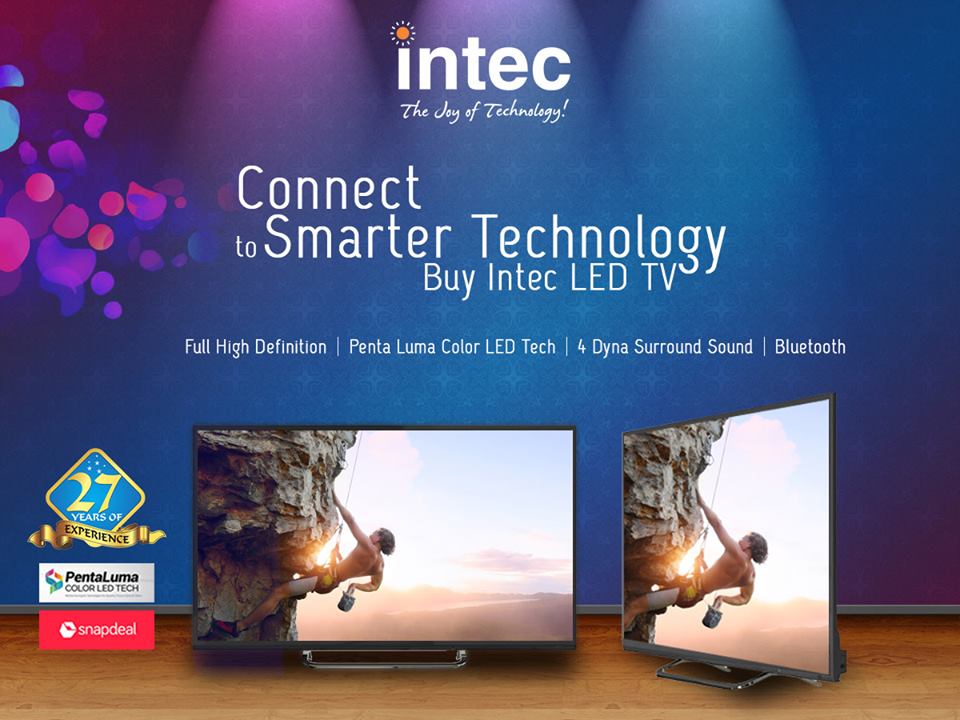For a long time, television was the main source of news and entertainment in the house, in recent years this championship has moved to the Internet – the main news and comments are now there. There are many myths about television, and most of them are related to the fact that this media resource will soon disappear. Is it really? Let’s consider the most popular myths together with the LED TV manufacturers in India.
Myth 1- Nobody watches TV
Around 5% of the population does not watches TV. Classic methods of television viewing are becoming a thing of the past, for example, you no longer need to wait for the start of your favourite movie on a schedule or fight for the remote control. With interactive TV, you can rewind or pause, record your favourite program, interrupt viewing on TV and continue on your smartphone if you have to go.
Myth 2- Without youth, TV will die by itself
Indeed, there is a certain symbol of freedom in removing the TV screen from home, but studies show not only a steady love for this type of household appliances (96% of the country’s inhabitants have a TV), but also an abundance of other viewer screens – phones, PCs, laptops and tablets. Young people easily find video on the Internet and in a second broadcast it on a TV screen.
Already today 6 out of 10 users prefer to watch what they want – video “on demand”, preferring YouTube. Teens between the ages of 16-19 spend more than 33 hours a week watching such content. Is classic television dying? No, it is transforming.
The largest media holdings follow trends and meet the requirements of modern youth, actively use second-screen technology and LED TV manufacturing companies in India. This re-engages the viewer, makes viewing interactive. And who is most responsive to such technologies? Again – youth.
Myth 3 – There’s nothing to watch on TV
Probably one of the most common myths. Media companies spend billions annually on creating content for TV. Just as technologies change and complement each other, content does this by adjusting to the viewer. From project to project, films become TV shows, and TV shows become films.
Myth 4 – All TV operators are the same
Transformation is also taking place with digital TV operators. Android or smart TV owners can download and run Android applications on the TV screen, watch channels and videos in 4K resolution, and also use interactive services. In the application store you can download instant messengers, games, clients for social networks and much more. You can connect external devices to the set-top box via Bluetooth or two USB ports – a computer mouse and keyboard, joystick, gamepad, webcam, as well as headphones or speakers.
Television is changing thanks to its viewers and technology. It becomes convenient, personal and turns the content into an event, makes it possible to engage as many viewers as possible in the viewing. Now you can watch it in virtual reality or in a projection of 360 degrees. The Internet was not a substitute for conventional TV. It only helps us transform, as well as other aspects of our lives.









